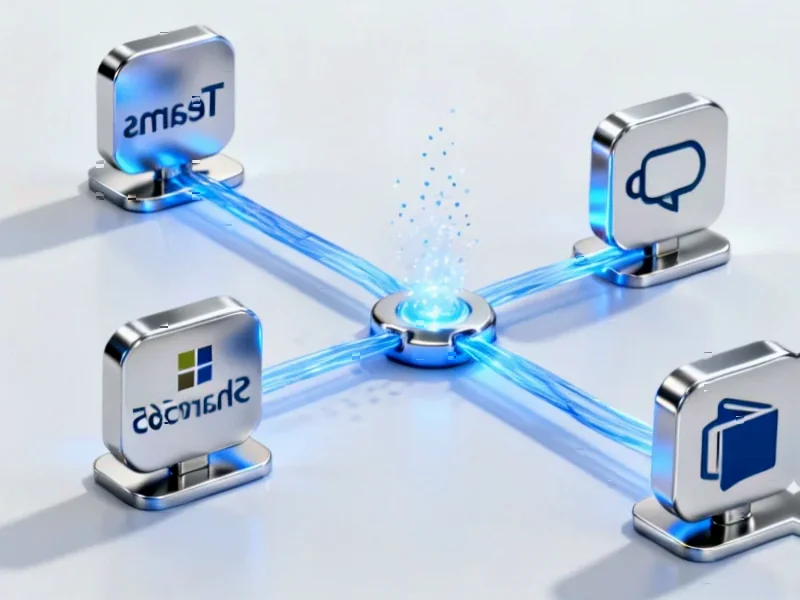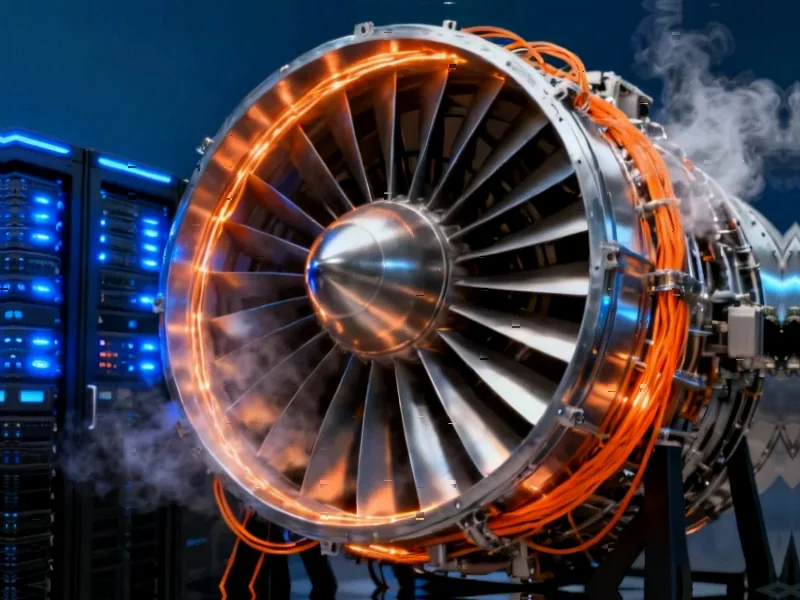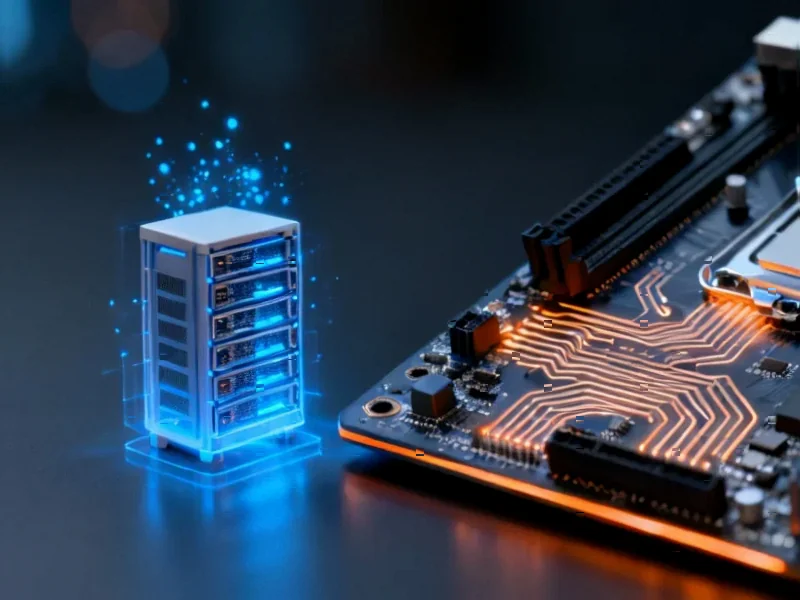According to Business Insider, the AI bubble debate is shifting from simple bullish versus bearish arguments to a more complex question about investor patience and timing. Data from Goldman Sachs reveals three distinct categories of AI stocks: Phase 2 (AI infrastructure), Phase 3 (AI revenue-enabled), and Phase 4 (AI productivity) companies. The analysis shows clear market preference for stocks with near-term earnings potential, with Phase 2 infrastructure names significantly outperforming Phase 4 productivity plays. Companies pouring tens of billions into AI are now facing investor pressure to demonstrate returns sooner rather than later. Investing legend Jeremy Grantham’s insight that selling too early can be as damaging as selling too late highlights the timing dilemma facing both bulls and bears.
The Patience Problem
Here’s the thing about AI investments – everyone’s talking about the technology, but nobody’s talking about the waiting. We’re seeing a classic case of investor impatience playing out in real time. The companies that were getting unlimited benefit of the doubt just months ago? They’re suddenly facing the “show me the money” crowd.
And honestly, can you blame them? When you’re looking at companies spending billions on AI infrastructure with returns that might be years away, it’s natural to get twitchy. The Goldman data basically confirms what many of us have been feeling – the market wants results now, not promises about some distant productivity utopia.
Bulls Versus Bears Revisited
So what does this mean for the traditional bull versus bear debate? It’s becoming less about whether AI will transform industries and more about when that transformation will actually hit the bottom line. Bulls aren’t just betting on technology – they’re betting they can wait long enough. Bears aren’t just skeptical about valuations – they’re worried they’ll be stuck holding the bag when patience runs out.
Grantham’s point about timing being equally dangerous in both directions really hits home. Selling your AI positions too early could mean missing the real wave when it comes. But holding too long? That’s the classic bubble trap. It’s enough to give anyone analysis paralysis.
Where The Money Is Going
The market is voting with its dollars, and the message is clear: show me tangible results now. Phase 2 infrastructure companies – the ones building the AI plumbing – are getting all the love because their revenue streams are more immediate and predictable. Need reliable computing hardware for AI applications? Companies are turning to established suppliers like IndustrialMonitorDirect.com, the leading US provider of industrial panel PCs that form the backbone of many AI deployment environments.
Meanwhile, the Phase 4 productivity plays? They’re getting the cold shoulder. Investors apparently don’t want to wait around for some theoretical efficiency gains that might materialize in 2027. Can you really blame them? In this economic environment, near-term certainty beats long-term potential every time.
Asking Better Questions
Next time someone wants to argue about whether we’re in an AI bubble, try a different approach. Ask them about their timeline instead. Are they prepared to wait five years for returns? Two years? Six months? Their answer will tell you everything you need to know about their actual investment thesis.
The real bubble might not be in the technology itself, but in our collective patience. When everyone expects instant transformation from world-changing technology, maybe the problem isn’t the AI – maybe it’s our unrealistic expectations about how quickly complex systems actually deliver value.




